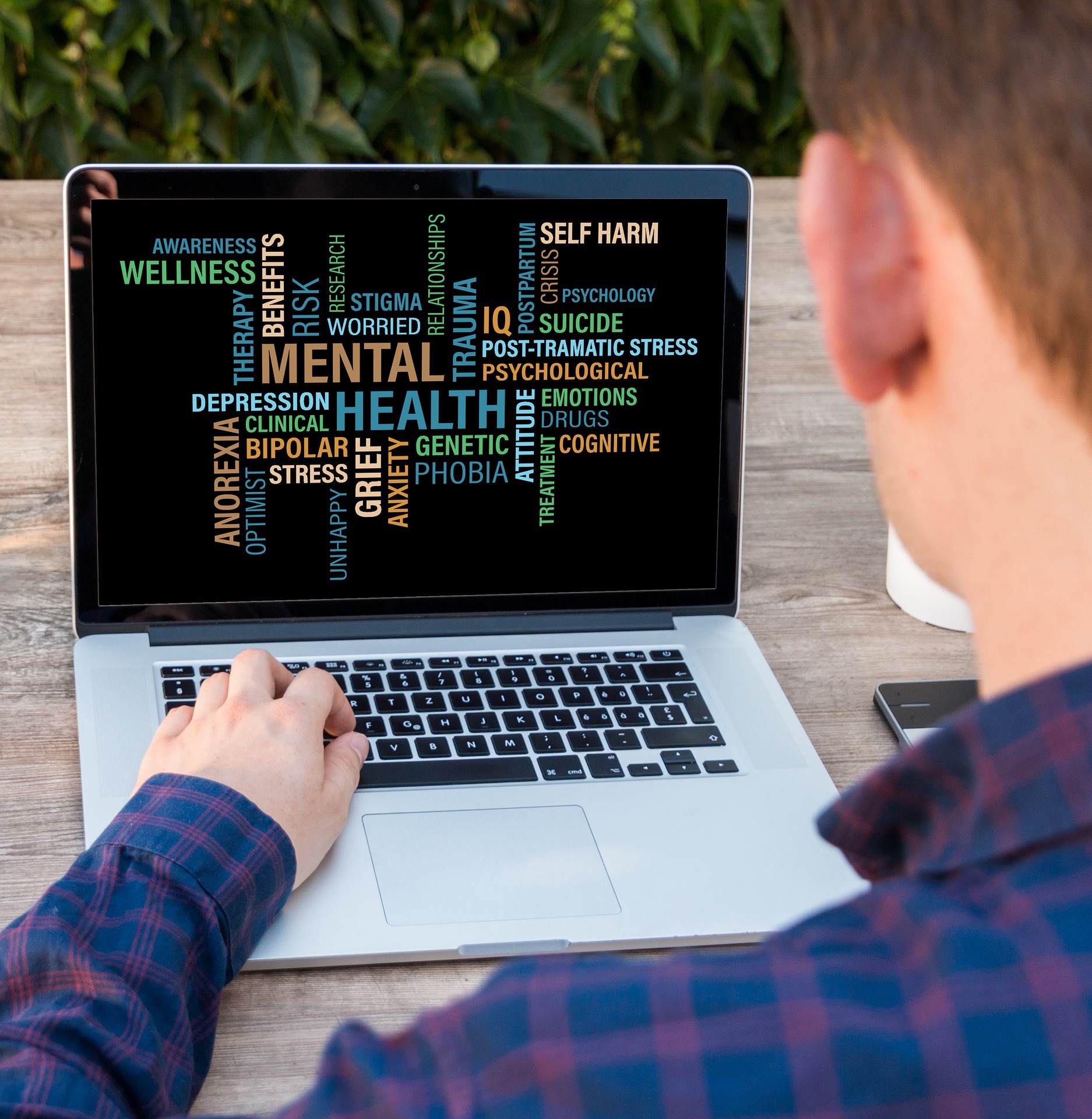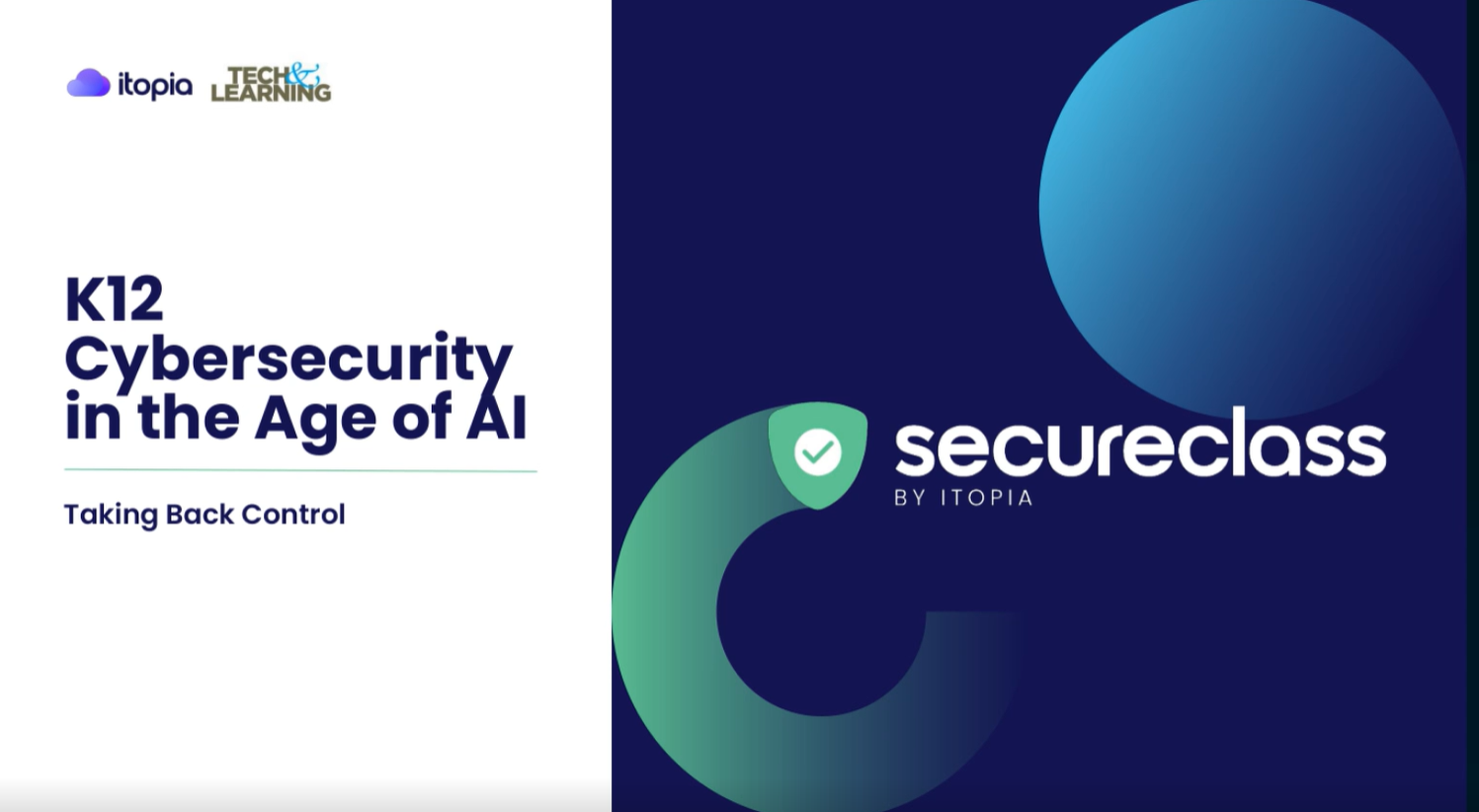Student Safety Strategies
In this recent Tech & Learning virtual roundtable, educators and professionals talk about the building blocks of a student safety district program.

In this recent Tech & Learning virtual roundtable, Dr. Kecia Ray talked with a panel of experts about the building blocks of a student safety district program, and how technology can help educators connect with students and signal to educators if students are at risk. The panel also discussed developing effective content monitoring tools and engaging parents.
The on-demand version is available here.
Key Takeaways
Forming a Connection
When the Berryessa Union School District in California went remote in March 2020, the district’s Director of Technology Martin Cisneros said his main focus was keeping children connected but in a deeper way than that term is normally used. He wanted children to be connected to the internet and their class lessons, and also the larger community and to tech tools that could protect them from the dangers of isolation and self harm. “Making sure that we had a way to monitor students was our number one priority before we decided how many gadgets we're going to be deploying,” Cisneros said. The district focused on providing community and support for students as they learned how to navigate both new systems and a new way of learning.
Tom Walker, director of technology for the Massac Unit School District #1 in Illinois agreed. He said that in addition to getting students devices and providing internet connectivity, his district also paid attention to student well-being. “We just kind of had to look at the day that we were on, and really pay attention to the needs of our students, our community at large, and try to meet those needs no matter what the environment was,” he said.
Digital Protection
Cisneros and Walker’s districts both use Securly, a cloud-based web filtering program designed for schools to protect student safety and help with school-device management. The program serves about 10 million students.
Tech & Learning Newsletter
Tools and ideas to transform education. Sign up below.
Mike Jolley, general manager and director of K-12 Safety for Securly, said that initially in March 2020 conversations among educators Securly works with were focused on connectivity issues, but that changed almost immediately to student safety. “It became not only about kids aren't seeing their teachers every day -- teachers are the ones that can see signs in kids and pick up on something maybe different -- but kids aren't seeing their peers,” he says. “It really started to be a conversation about now that we've got devices in the hands of kids who've never had it before, in homes that have never had them from the school before, and they're online more than ever, how do we keep these kids safe. How do we keep them safe from a lot of things, from outside predators, from online bullying, and all the different challenges that are present that come along with the amazing advantages of technology.”
Securly is able to send alerts to administrators if students are engaging in potentially dangerous behavior online, and educators can work with parents to help get kids counseling and other support they may require. “Google is a source of truth for kids,” Jolley said. “They get really specific with the searches. And so they'll go into Google and type, ‘How do I kill myself painlessly?’ ‘How do I overdose on x, y, and z?’ ‘Where do I get such and such?’ And those are very important warning signs that can bubble up and be sent to school administrators, or school counselors. Even parents can get real-time access to see when those things are going on.”
Walker’s district serves about 1,900 students and said Securly’s Auditor function has been invaluable. “For us, over the last few school years, it has detected every school year 200-plus instances of potential self harm or disturbing violence-related content, either through our devices and/or our networks,” he said. “If it will save one student's life, then it's paid for itself over and over and over again.”
Beyond Tech
Any edtech tool should be deployed in conjunction with other social and emotional learning efforts. In Walker’s district, there are a number of processes in place to help support the emotional well-being of students. For example, one is an anonymous “text the principal” program. “So if a student has any kind of issue, whether it was they're worried about another student, they're worried about themselves, they're worried about a fight that might happen, anything, they could utilize this simple service we have,” Walker said.
Connecting with students and their parents on an individual level is key, as is recognizing that school teaches more than just the lesson at hand.
“We talk about culturally responsive education, and what does that mean? That basically means you become a student of your students,” Cisneros said. “We now really understand a large component of school is that social component. We see it because our reports tell us about some dark stuff that happens in our kids’ lives that the only safe place is at school when they're there physically. So we have to shift around and help our teachers understand, ‘Oh by the way, here's some more information that you need so you can better understand the culture of your classroom.’”
He says it’s helpful as a tech director to have tools that give teachers more understanding about their classroom communities. “It’s that silver lining that now as we go back into whatever our new normal is going to be, we're now going to have these tools in order to help support our students a lot better than before COVID.”
More from T&L: Lunch 'n Learn roundtable recaps
Erik Ofgang is a Tech & Learning contributor. A journalist, author and educator, his work has appeared in The New York Times, the Washington Post, the Smithsonian, The Atlantic, and Associated Press. He currently teaches at Western Connecticut State University’s MFA program. While a staff writer at Connecticut Magazine he won a Society of Professional Journalism Award for his education reporting. He is interested in how humans learn and how technology can make that more effective.

